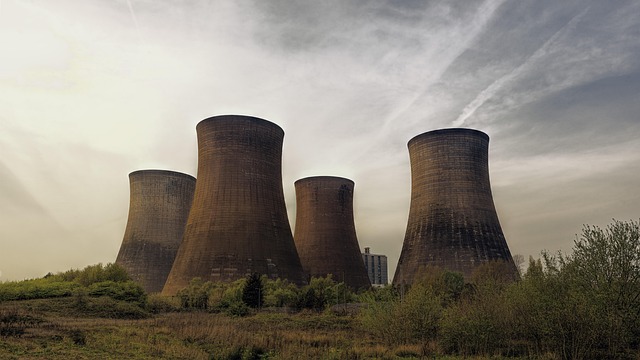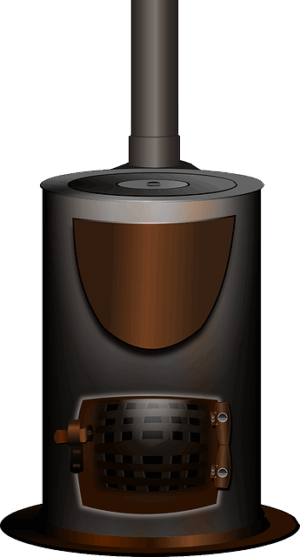Destratification fans are innovative, energy-efficient solutions for managing indoor climates in commercial and industrial settings. They combat thermal stratification by redistributing warm and cool air evenly using advanced air mixing technology, eliminating cold spots and enhancing air quality. With variable speeds, these fans optimize HVAC performance, reduce energy consumption, and provide comfortable, productive environments. Regular maintenance ensures their efficiency, contributing to healthier indoor spaces.
In modern environments, efficient airflow control is vital for enhancing comfort and energy efficiency. This is where variable-speed destratification fans step in as game-changers. Destratification fans play a crucial role in eliminating temperature stratification, ensuring uniform air distribution. By offering customizable airflow control through variable-speed settings, these fans provide an unparalleled level of comfort and energy savings. In this article, we’ll explore the benefits, key technologies, and diverse applications of destratification fans with variable-speed control.
- Understanding Destratification Fans: Their Role and Benefits
- The Advantages of Variable-Speed Control in Airflow Management
- Key Features and Technologies Behind Customizable Destratification Fans
- Applications and Best Practices for Optimal Airflow Control
Understanding Destratification Fans: Their Role and Benefits

Destratification fans play a pivotal role in managing indoor environments by addressing the issue of thermal stratification—the separation of warm and cool air within a space. Unlike traditional ceiling fans that primarily create a swirling effect, destratification fans are designed to efficiently redistribute warm air, ensuring even temperature control throughout the room. This is particularly beneficial in commercial and industrial settings where maintaining optimal HVAC efficiency is crucial for comfort and energy savings.
These fans utilize advanced air mixing technology, offering precise control over air circulation. By strategically placing ceiling-mounted fans at specific heights, they can mix layers of warm air near the ceiling with cooler air closer to the floor. This process eliminates cold spots and improves overall air quality, providing a comfortable and productive environment for folks in bustling industrial or commercial spaces.
The Advantages of Variable-Speed Control in Airflow Management

The introduction of variable-speed destratification fans brings several advantages to airflow management, revolutionizing both industrial and commercial spaces. One of the key benefits is their ability to combat thermal stratification, a common issue in large buildings where warm air tends to rise, creating uneven temperature control. These fans offer customizable air circulation, allowing for precise temperature regulation and ensuring every area receives adequate warmth or cooling.
By adjusting the speed, these destratification fans can significantly improve HVAC efficiency, as they actively mix warm and cold air, preventing the formation of pockets of stagnant air. This technology is especially beneficial for energy savings, as it enables users to optimize air circulation without excessive energy consumption. In commercial applications, ceiling-mounted variable-speed fans are transforming spaces, offering both comfort and cost-efficiency through their advanced warm air redistribution capabilities.
Key Features and Technologies Behind Customizable Destratification Fans

The key features and technologies behind modern variable-speed destratification fans revolutionize thermal management in both industrial and commercial spaces. These cutting-edge devices go beyond traditional ceiling mounted fans, offering precise air circulation control to combat thermal stratification. By adjusting fan speed, users can effectively manipulate air movement, enabling optimal temperature control throughout the environment.
Advanced destratification fans incorporate innovative air mixing technology, ensuring efficient warm air redistribution and enhanced HVAC efficiency. This not only boosts comfort for occupants but also drives significant energy savings compared to static airflow systems. Whether for industrial cooling or commercial applications, these customizable solutions provide a powerful tool for managing indoor climates effectively while minimizing operational costs.
Applications and Best Practices for Optimal Airflow Control

The versatility of variable-speed destratification fans makes them suitable for a wide range of applications where precise airflow control is essential. In commercial and industrial settings, these fans are invaluable for managing thermal stratification and improving HVAC efficiency. By redistributing warm air evenly across a space, they enhance air circulation and temperature control, leading to significant energy savings. Ceiling-mounted destratification fans are particularly effective in large open areas, where static warm air pockets can form, causing discomfort and inefficiencies.
Best practices for optimal airflow control involve strategic placement of fans to ensure even air mixing technology throughout the space. In industrial cooling scenarios, targeted use of destratification fans can cool specific zones without wasting energy on unused areas. For commercial applications, careful consideration of room layouts and occupancy patterns is crucial. Adjusting fan speeds according to these variables ensures optimal comfort levels and minimizes operational costs. Regular maintenance is also key; cleaning and inspecting fans ensure they operate efficiently, contributing to a healthier indoor environment.
Variable-speed destratification fans are a game-changer in airflow management, offering customizable control that enhances efficiency and comfort. By understanding their key features and optimal applications, buildings can revolutionize their interior environments. In today’s world, where energy efficiency and occupant well-being are paramount, these fans provide a powerful solution to navigate the labyrinthine challenges of airflow management, ensuring every space is a symphony of balanced, customizable air circulation.










